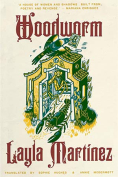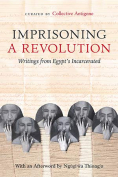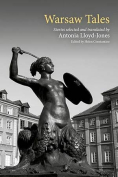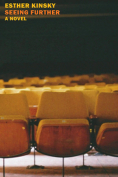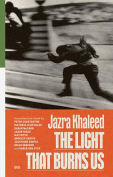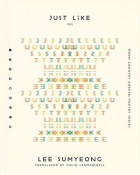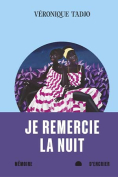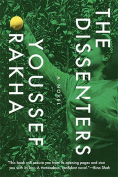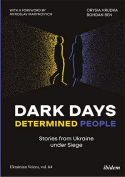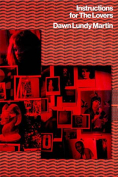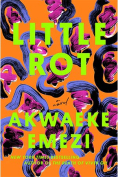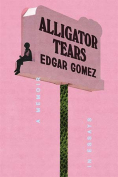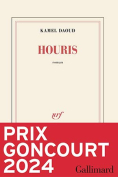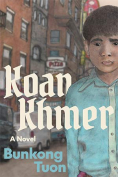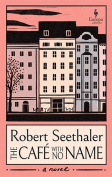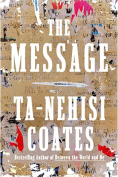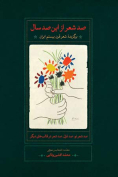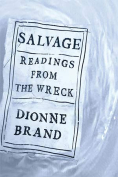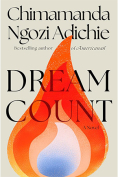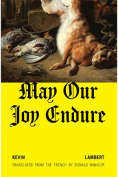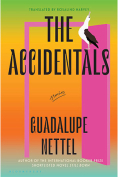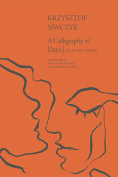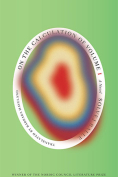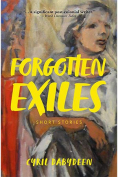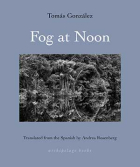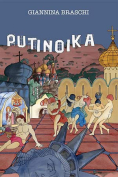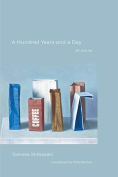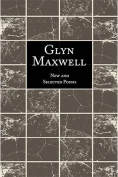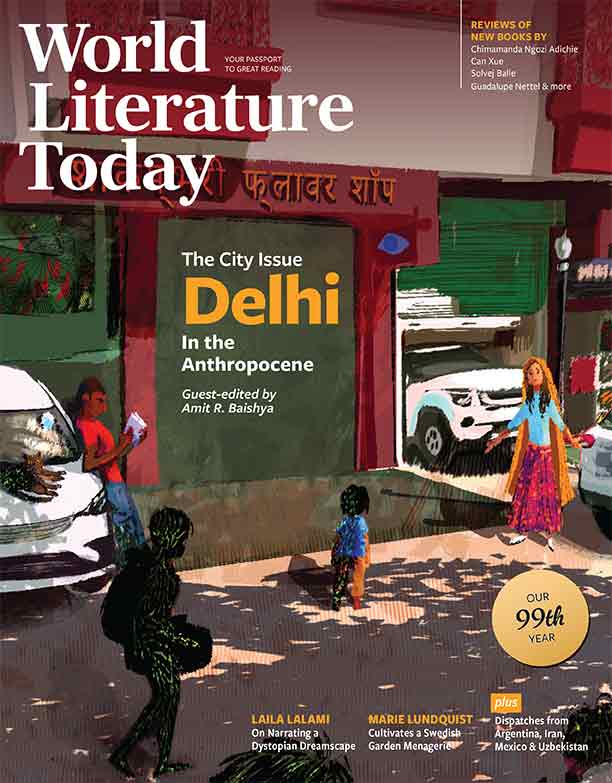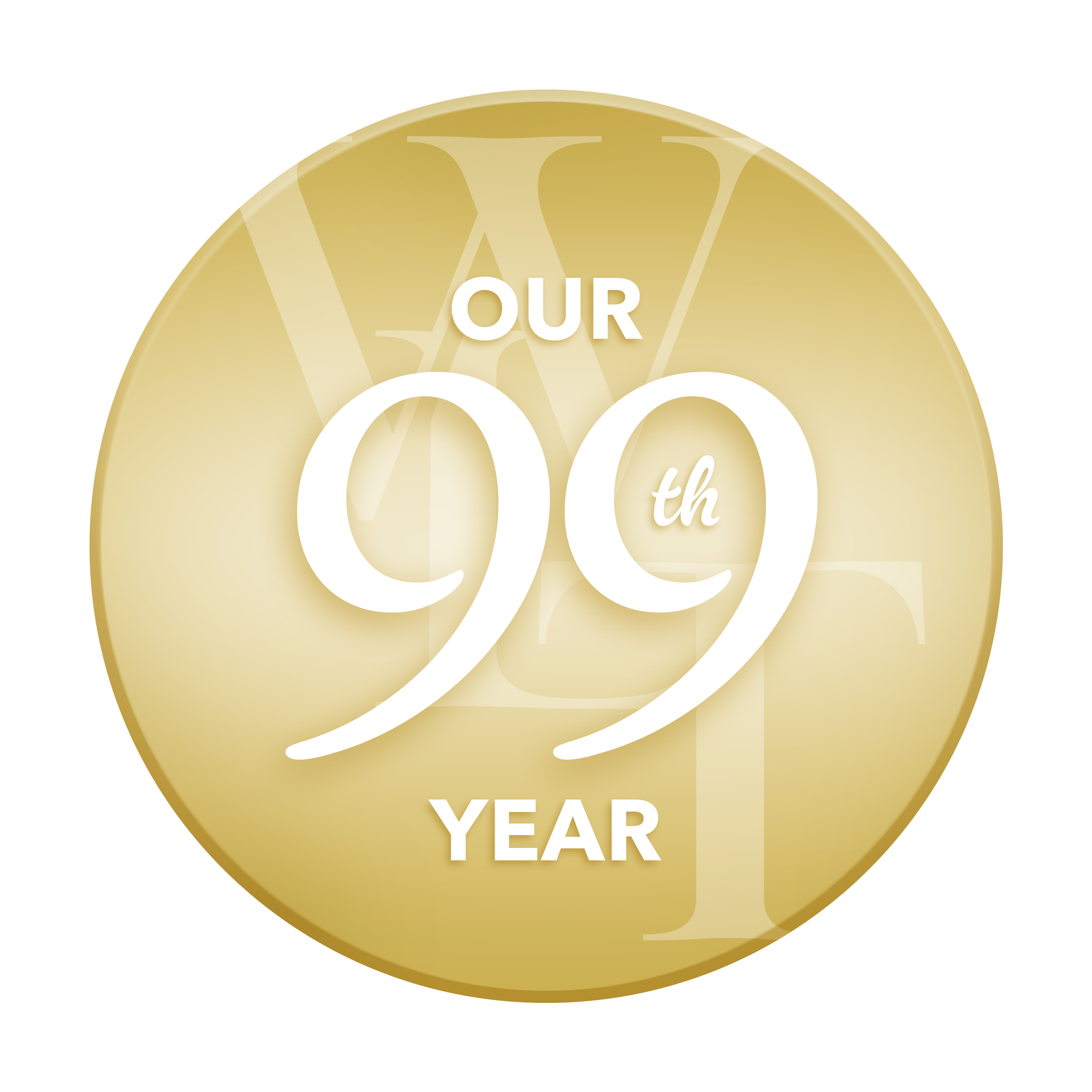The Café with No Name by Robert Seethaler

New York. Europa Editions. 2025. 208 pages.
Quick. Make an immediate armchair reservation for Robert Seethaler’s joyful celebration in The Café with No Name, translated from the German by Katy Derbyshire. Then book a virtual flight to return to 1966 Vienna. Though the café that thirty-one-year-old handyman Robert Simon owns and runs may have no name, you will long remember the names and stories of its regulars, visitors, and tourists (like yourself). Be sure to order an Austrian.
Robert was a World War II orphan. His father “had walked out of the door in a heavy coat with his marching orders in his pocket and never came back.” Three months later, his mother died of blood poisoning. At fifteen, he left school. He worked as a glass clearer and brush boy in the Prater beer gardens. For as long as he could remember, “words and letters had confused him rather than making him feel safe.” He felt a “nascent germ of yearning: to do something that would give his life a decisive affirmation. To one day stand behind the bar of his own establishment.”
Years later, having done odd jobs at the Karmelitermarkt, he spotted a closed, “dingy, run-down” market café, where “chairs and tables were stacked in front of the big black counter. The wallpaper was faded and bulging in places; it looked as though the walls had faces.” The former proprietor had served “beer [that] was too warm and his hard-boiled eggs floated in a jar of water . . . for more than a day or two.” Robert thought he could attract customers with “cold beer, clean glasses and a proper coffee machine.”
After Robert opens windows, rips off wallpaper, and scrubs limescale from the taps, opening day is a success. A limited menu offers coffee, lemonade, raspberry soda, beer, and red or white wine. Word of mouth brings in acquaintances from his Prater days, a gang of roadworkers, people from the neighborhood, shift workers, white-collar employees, and girls from the yarn factory.
But it’s not until the war widow from whom Robert had rented lodgings tells him he needs to serve hot punch during colder months that the café starts to boom. That is the trademark Austrian: “punch with bread and dripping and onions . . . sprinkled with a broad stripe of red paprika over the white fat before serving it, to look like the flag.”
It’s not long before love blooms at the café. A fortyish wrestler/bumper-car ticket-taker comes in often to chat with friends but fantasizes about living in America where “in the right union anyone can make money.” He has a crush on a young waitress that leads to a fractious marriage. Robert has a brief romantic episode with a toxic, mysterious Yugoslavian immigrant who vanishes from his life as quickly as she entered it. Over the next decade the café changes as much as the Viennese neighborhood. A boiler explosion leaves Robert injured. He develops a closer relationship with the war widow. The Underground is constructed. When the building is sold to pay off debts, a raucous celebration party is planned for the closing. On the café’s last day, “the old Austria was now over and done with.”
Yet Robert feels “no sense of sadness.” He recalls with “faint melancholy” and bittersweet nostalgia “the swarm of flies rising behind the counter . . . the smell of the freshly scrubbed floorboards and the fumes that had fogged his brain as he painted the furniture.”
It’s just as exhilarating for the reader of The Café with No Name to embrace Seethaler’s welcoming pellucid prose, indelibly endearing characters, unforgettable slices of life, and lasting details of local settings. (Editorial note: Seethaler’s “9 Questions” interview appears in the March 2025 issue of WLT.)
Robert Allen Papinchak
Valley Village, California
